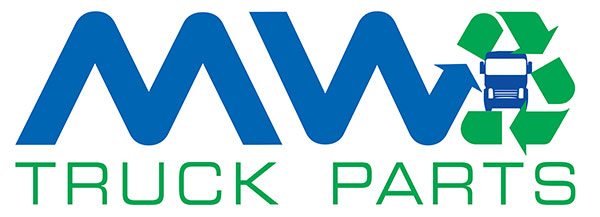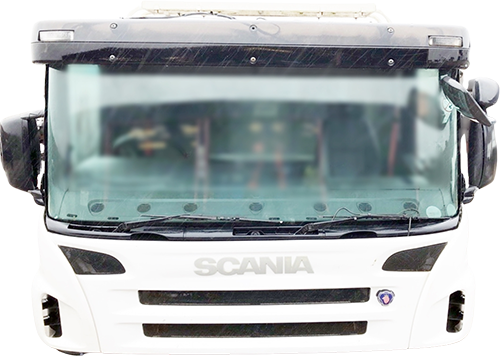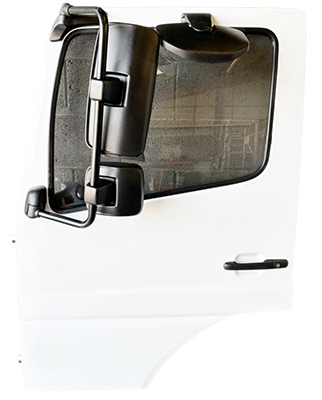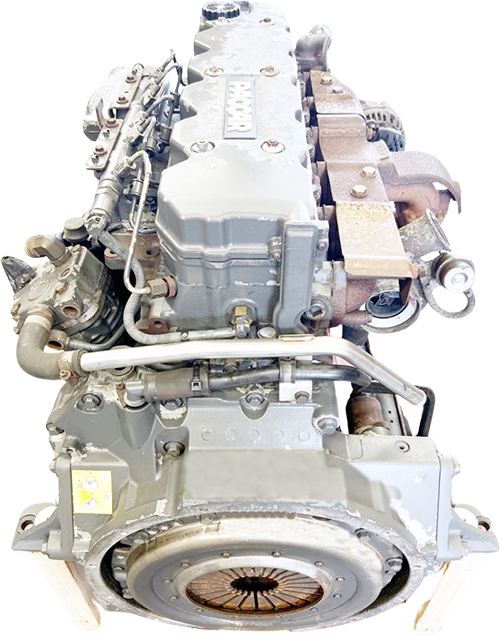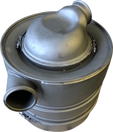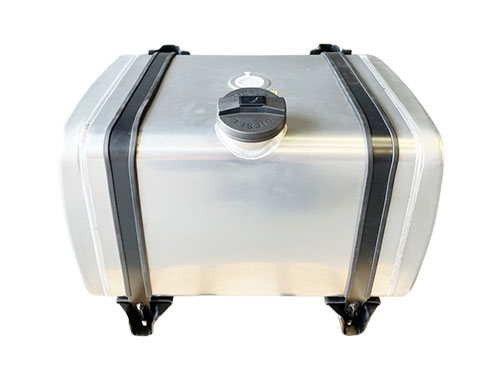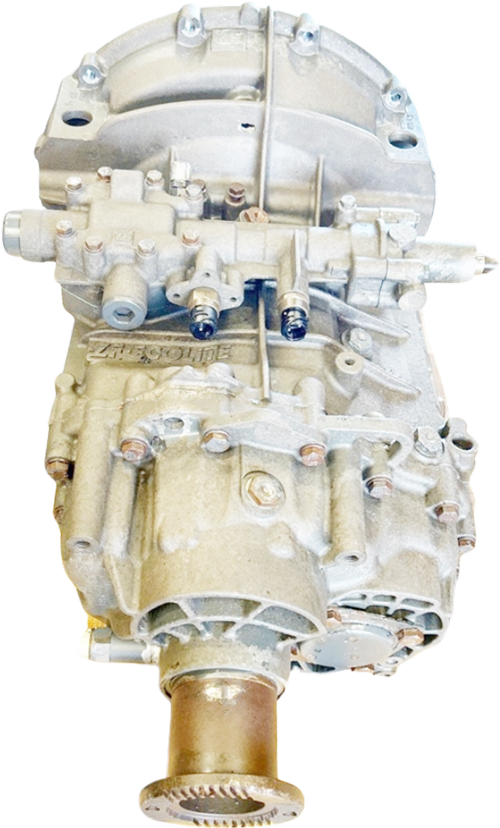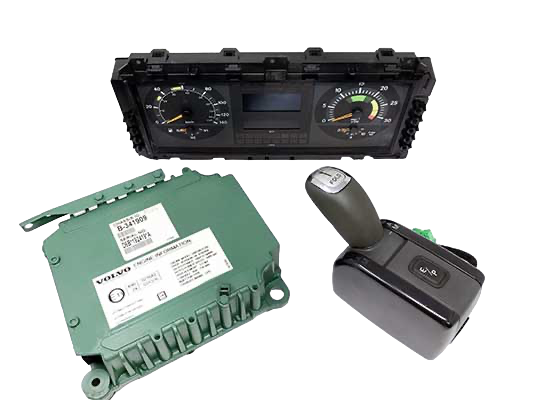A wet kit uses hydraulic fluid to power various functions on a vehicle, such as tippers, walking floors, and tankers. The “wet” designation comes from the fluid that flows through the system. Wet kits have several key components that work together to perform hydraulic operations efficiently and safely.
Tank
The tank holds the hydraulic fluid that powers the system. These are available in various shapes and sizes to fit different vehicle spaces. Common locations include along the chassis, behind the cab, or under the body. Tanks can be made of steel or aluminium and feature breathers, filters, brackets, and access plates. Larger tanks allow for greater hydraulic capacity to power more intensive operations.
Pumps
Hydraulic pumps move the fluid through the wet system to generate force and pressure. Gear pumps use rotating gears, while piston pumps utilise reciprocating pistons. Key specs to consider are:
- Displacement/Flow Rate – how much fluid is transferred per rotation.
- Pressure Rating – max force the pump can generate.
- Mounting interface – how the pump attaches to the power source.
Valves
Control valves direct the flow of hydraulic fluid to activate different cylinders or motors. Specs like the number of ports and maximum flow ratings indicate a valve’s capabilities. Integrated pressure relief prevents over-pressurisation. Options like proportional actuation and detent positions enable advanced control features.
Hoses & Couplings
High-pressure hoses convey hydraulic fluid between components. Different fitting types, diameters and pressure ratings are available.
Quick disconnect couplings with retainers streamline connections and disconnections. Hose trays provide organisation and abrasion resistance.
Filtration Devices
Filters protect the system by trapping contaminants. Key specs are micron ratings for particle capture and flow rates to match system demands.
Filters come in suction, return line and tank-top configurations. Integrated breathers maintain proper air pressure despite fluid level changes.
Safety and Control Devices
Controls like relief valves serve as a pressure overload safeguard. Flow control valves regulate speed. Tip valves enable smooth container lowering.
Air controls mounted in the cab allow operators to direct functions hands-free. Pressure switches provide alerts when reaching pre-set thresholds.
Component Mounting Considerations
Properly mounting the components that make up a wet kit hydraulic system is essential to performance, safety, and durability. Considerations include:
- Space Requirements – Allow adequate room around components for potential maintenance access needs, visual inspection, ventilation, etc. Measure available chassis space and compare to component dimensions. Consider required movement allowances for items like air control valves.
- Structural Integrity – Components, tanks especially, can be heavy when full of hydraulic fluid. Ensure mounting plates and chassis attachment points can handle expected loads without bending or breaking. Spread loads over larger areas whenever possible.
- Adapters allow you to install PTO pumps on different assemblies, such as putting a 4-bolt ISO hydraulic pump to a 2-hole SAE B PTO housing or extending a 4-bolt PTO and pump application by 95mm to clear installation restrictions.
- Vibration Isolation – Truck frames and bodies naturally vibrate during driving. Isolate components from excessive shaking using cushions, flexible brackets, or speciality mounts to prevent damage over time. Pay special attention to filter mounts.
We are suppliers of bespoke and pre-assembled hydraulic wet kits. Browse our collection today and contact us if you have any questions.






